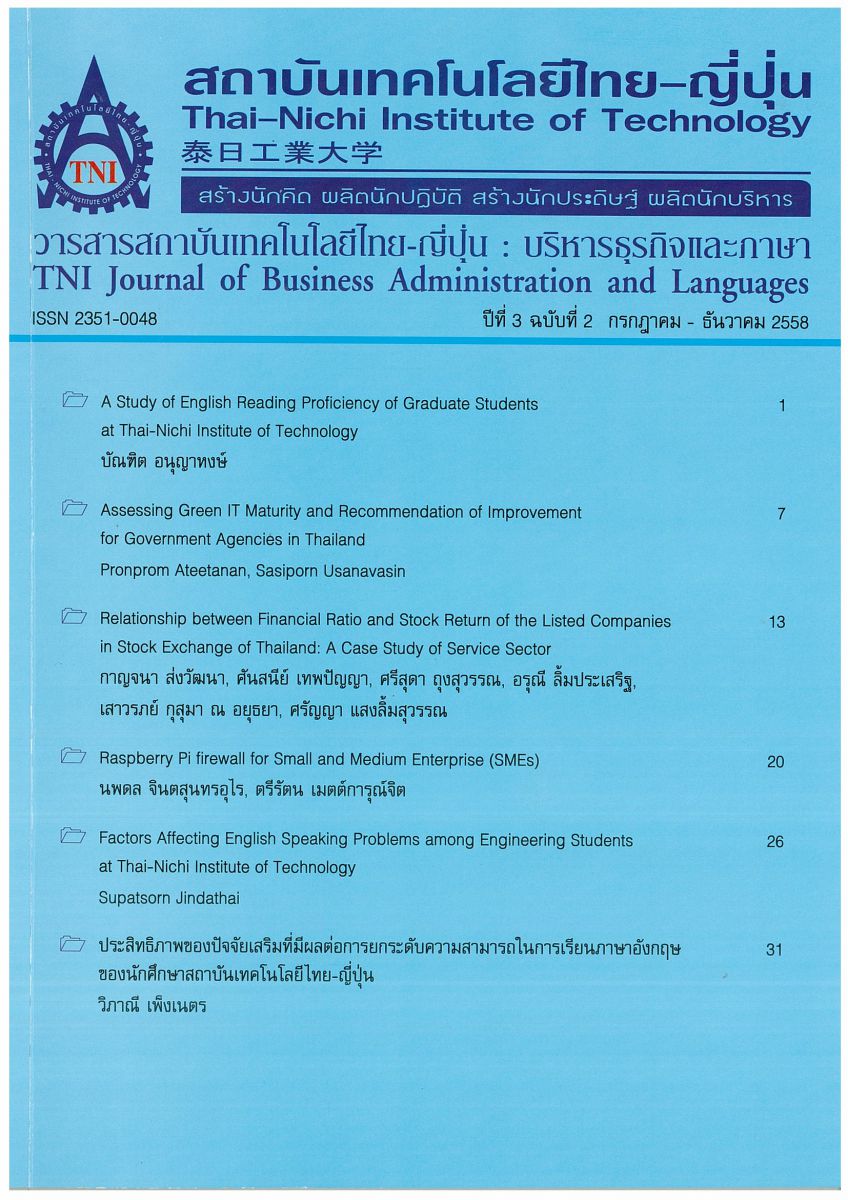Human Resource Management in Small-scale Project
Main Article Content
Abstract
The number of small-scale projects has recently increased despite the numerous difficulties in managing them due to limited resources, including members’ limited skill and knowledge, short duration, and small budget. Small-scale project management also suffers from a lack of concern about customer satisfaction. This study concludes that a key factor of management, QCDCs, is not applied effectively in small-scale management. Therefore, this study examines methods for reducing small-scale projects’ costs and delivery time and developed a method for measuring each member’s performance through task analysis. This measurement also evaluates the characteristics of each project member. The project performance and progress measurement method was based on H-EVM. In small-scale projects, it is especially important to assign the most appropriate member to each task in order to manage limited human resources. The concept of HEVM thus became a fundamental approach for developing EVM to manage the quantitative project progress by considering the differences between employee capabilities and the ambiguity of labour cost.
Article Details
Article Accepting Policy
The editorial board of Thai-Nichi Institute of Technology is pleased to receive articles from lecturers and experts in the fields of business administration, languages, engineering and technology written in Thai or English. The academic work submitted for publication must not be published in any other publication before and must not be under consideration of other journal submissions. Therefore, those interested in participating in the dissemination of work and knowledge can submit their article to the editorial board for further submission to the screening committee to consider publishing in the journal. The articles that can be published include solely research articles. Interested persons can prepare their articles by reviewing recommendations for article authors.
Copyright infringement is solely the responsibility of the author(s) of the article. Articles that have been published must be screened and reviewed for quality from qualified experts approved by the editorial board.
The text that appears within each article published in this research journal is a personal opinion of each author, nothing related to Thai-Nichi Institute of Technology, and other faculty members in the institution in any way. Responsibilities and accuracy for the content of each article are owned by each author. If there is any mistake, each author will be responsible for his/her own article(s).
The editorial board reserves the right not to bring any content, views or comments of articles in the Journal of Thai-Nichi Institute of Technology to publish before receiving permission from the authorized author(s) in writing. The published work is the copyright of the Journal of Thai-Nichi Institute of Technology.
References
H. Kerzner and H. Thamhain, Project Management for Small and Medium Size Businesses, 34–37, 1984, 65–74, 1991.
Project Management Institute, Project Management Body of Knowledge, 3rd ed., PMI, 171–178, 2004.
Q. W. Fleming and J. M. Koppelman, Earned Value Project Management, 2nd ed., PMI, 25–184, 2000.
B. W. Boehm, “Software Engineering,” IEEE Transactions On Computers, vol. c-25, no.12, 1226–1241, 1976.
G. Pollice, L. Augustine, C. Lowe, and J. Madhur, Software Development for Small Teams, Addison-Wesley Professional, 20, 46, 94, 97, 2006.
K. Weidenhaupt, K. Pohl, M. Jarke, and P. Haumer, “Scenario Usage in System Development, Current Practice,” IEEE Software, 34–45, March/April 1998.
W. S. Humphrey, PSP: A Self-Improvement Process for Software Engineers, 2005.


